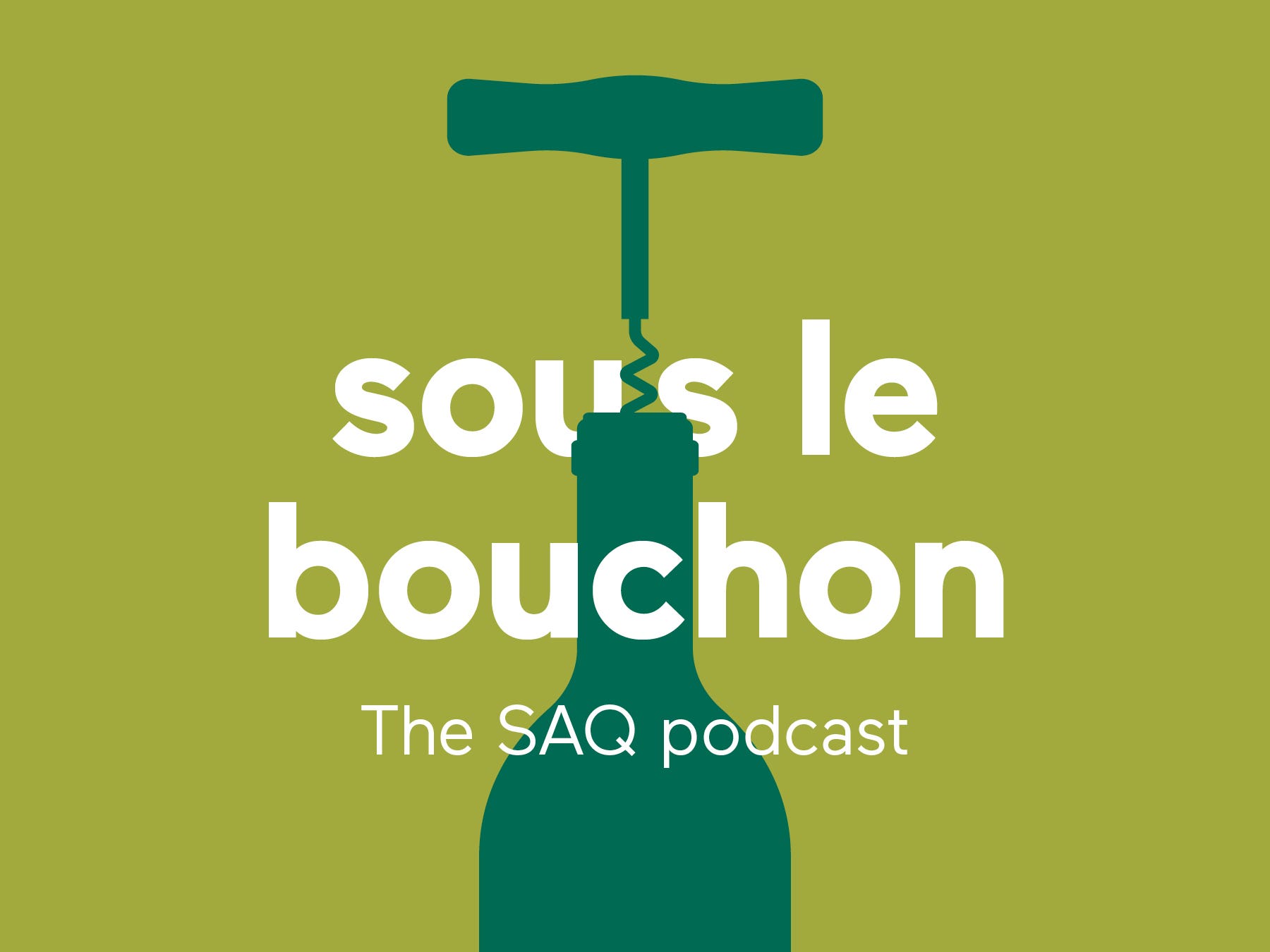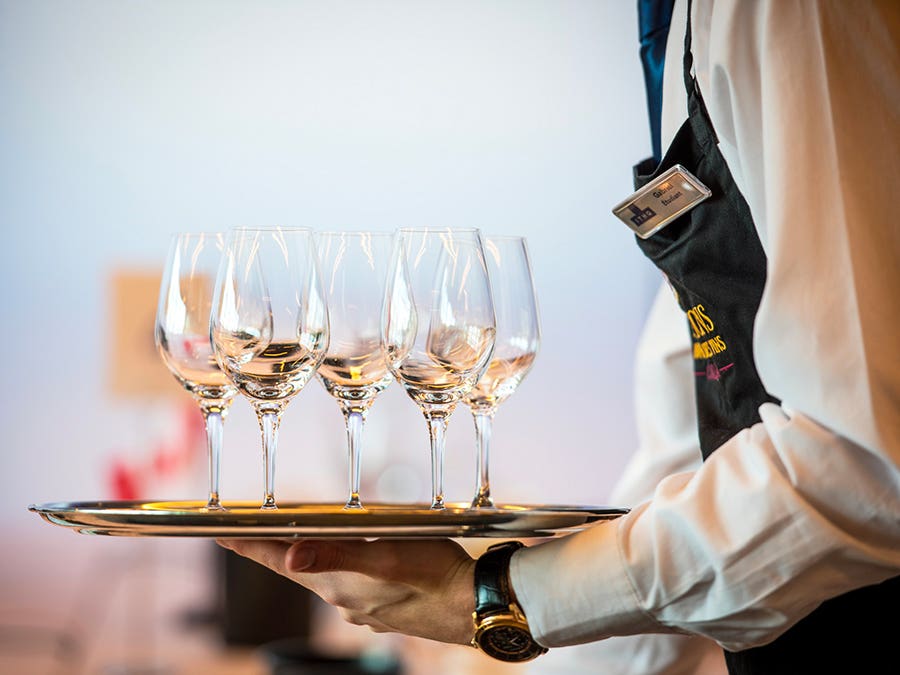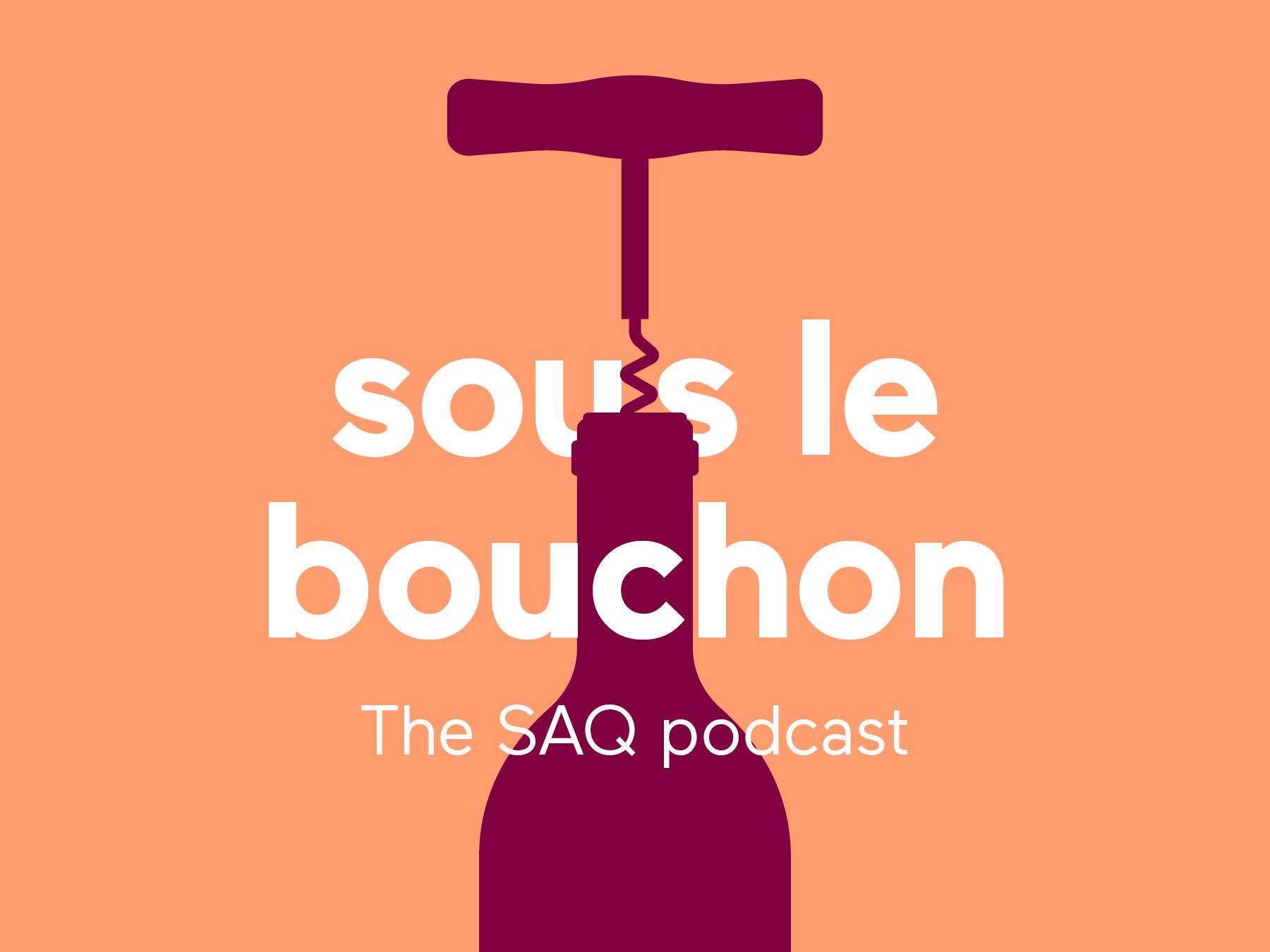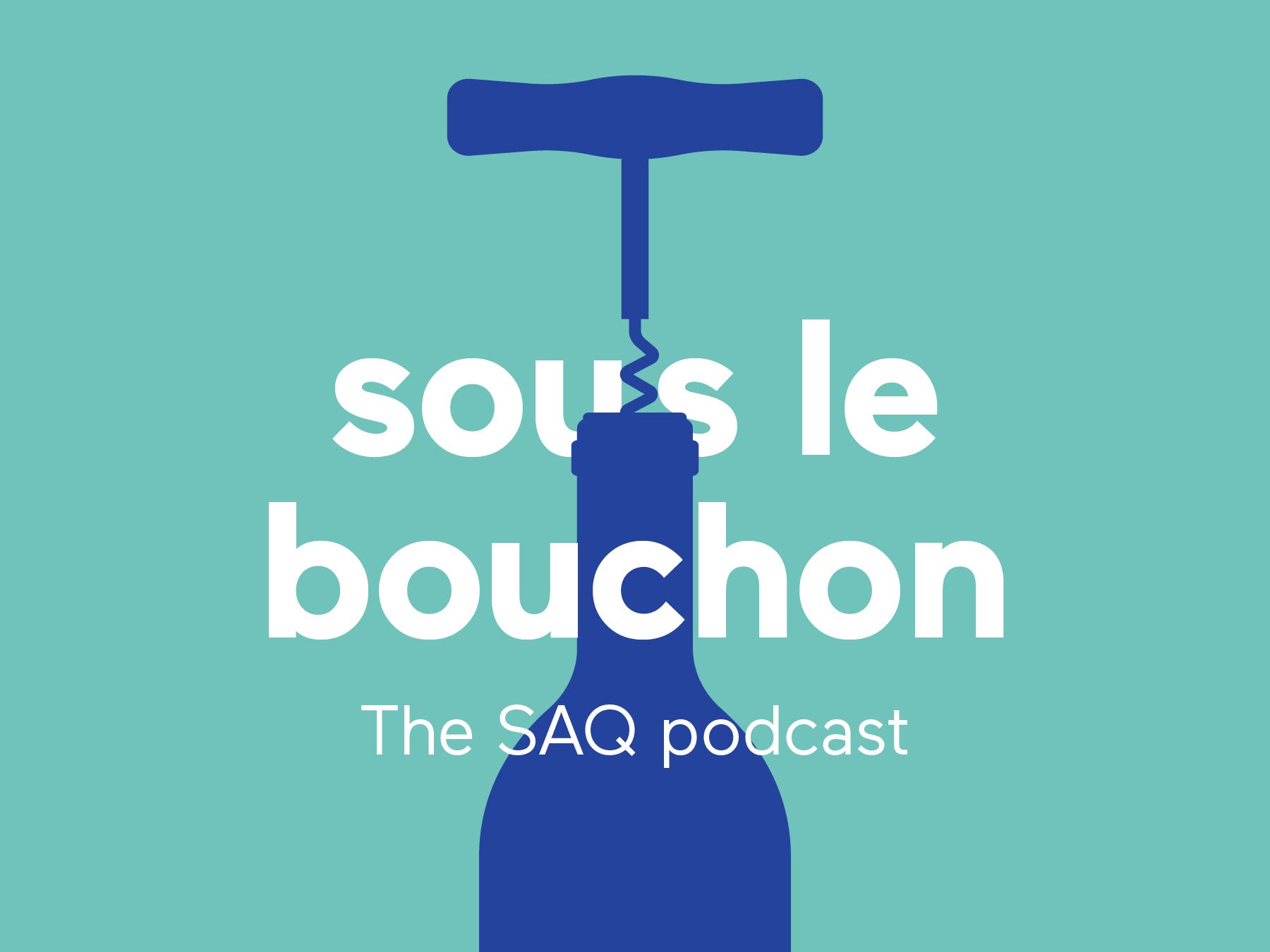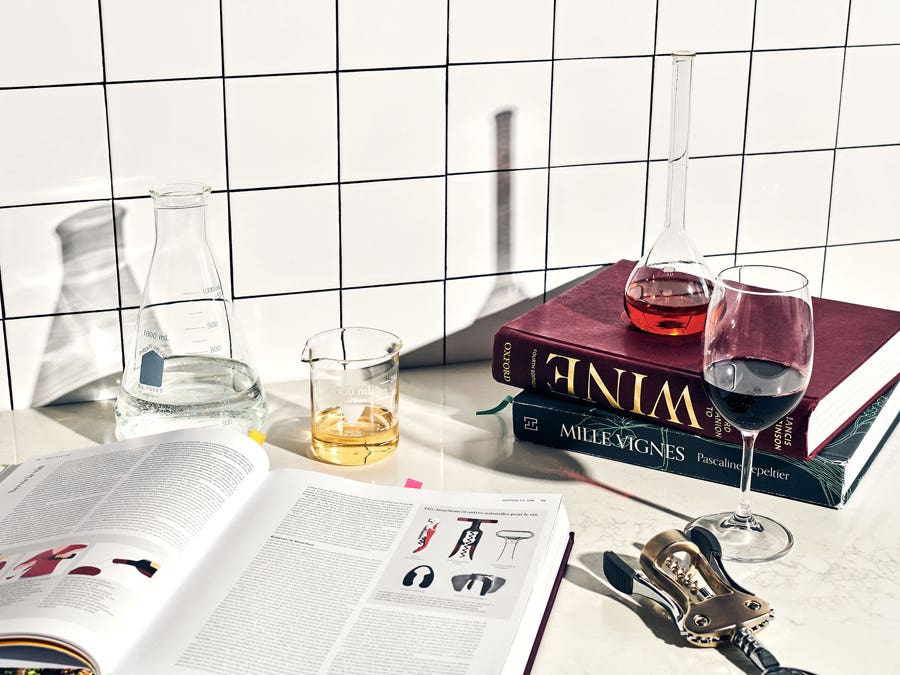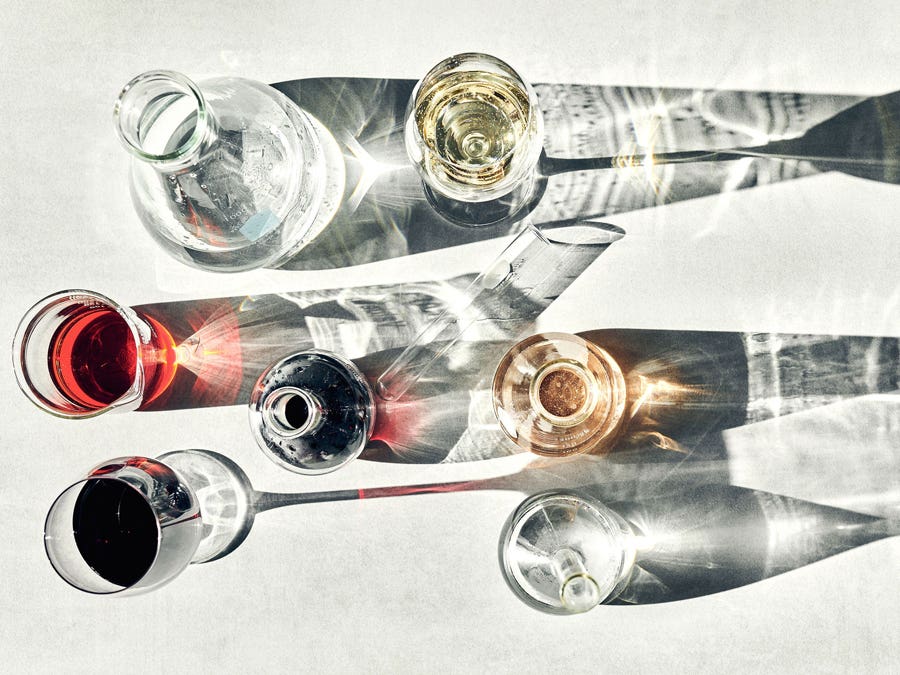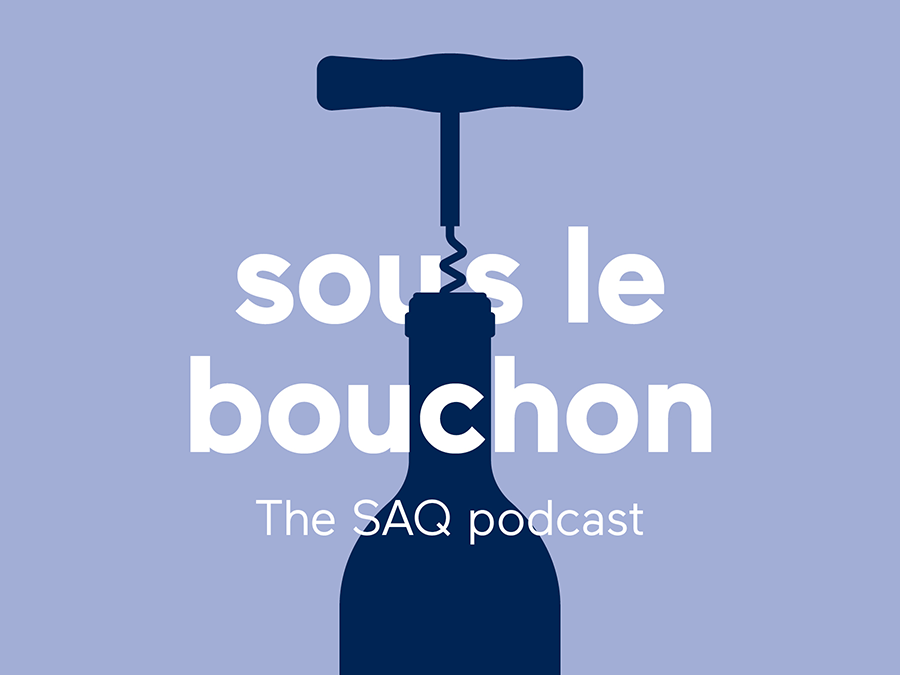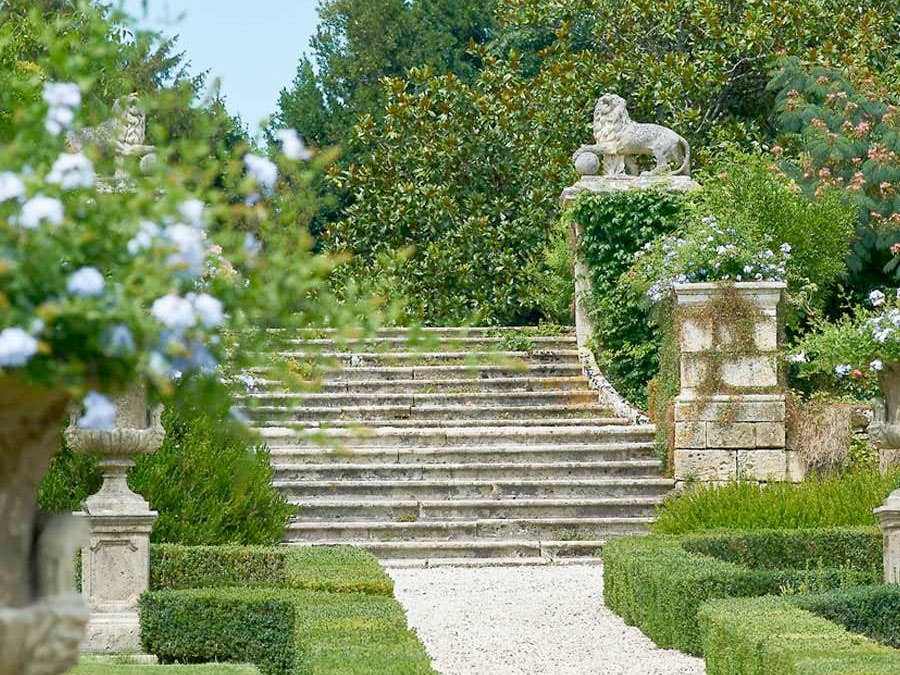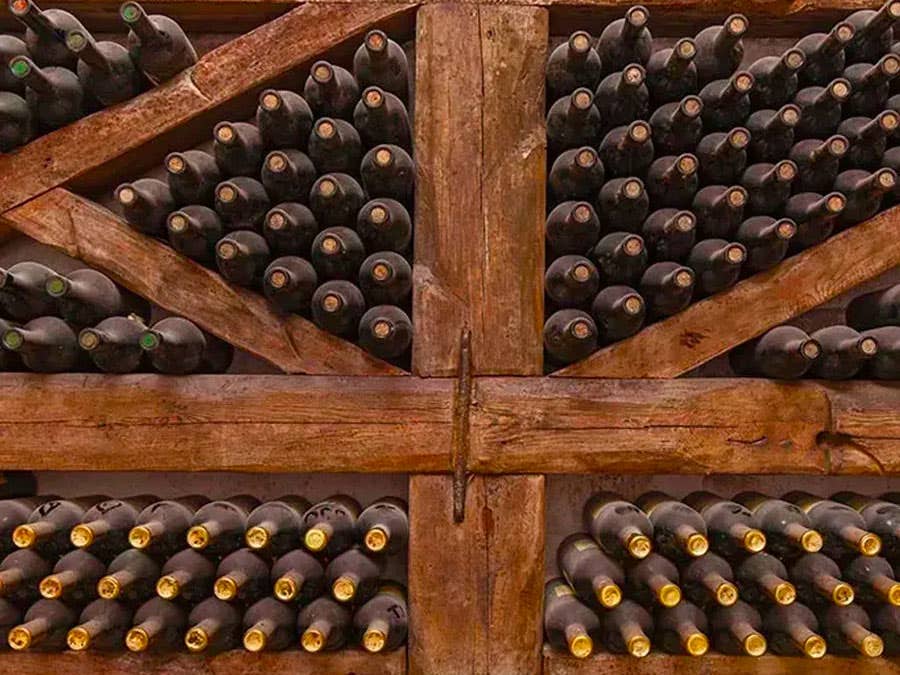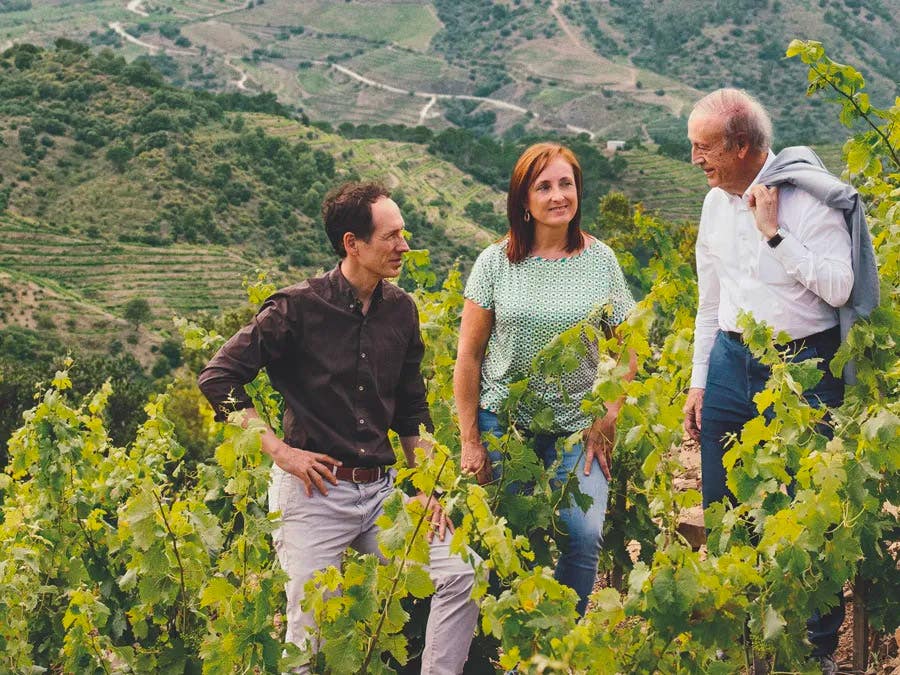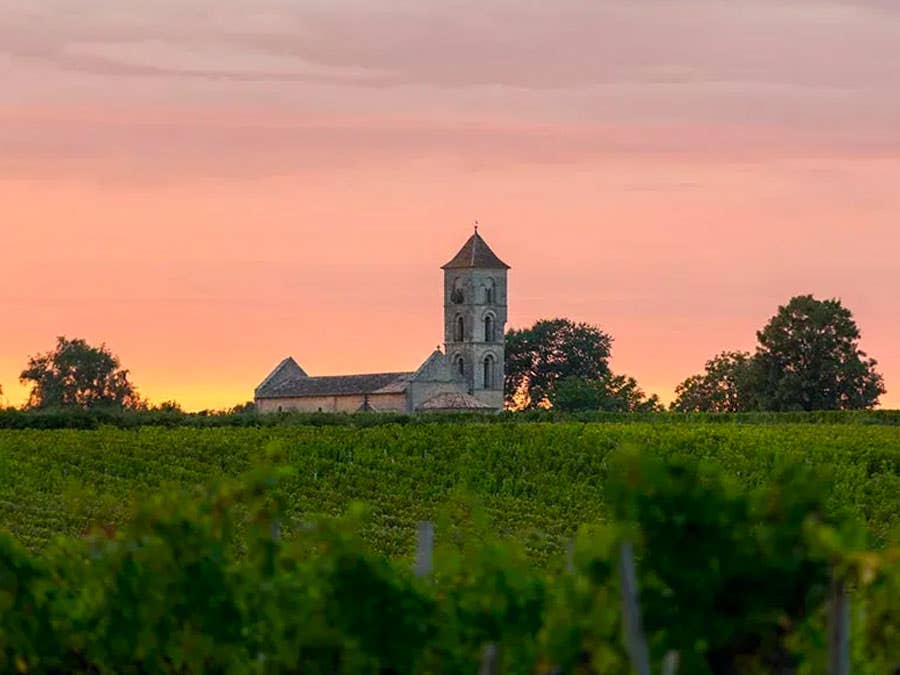Profiles
-
Read more
Know what makes a wine or spirits container eco-responsible? Maxime Rivest from the SAQ’s Social Responsibility team and Geneviève Dionne from Éco Entreprises Québec discuss the issue and suggest more sustainable solutions.
-
Read more
Here are 10 wines to discover among those awarded at the 30th edition of Sélections Mondiales des Vins Canada. This major competition took place from October 11 to 15, 2023 at the Institut de tourisme et d'hôtellerie du Québec (ITHQ).
-
Read more
To mark International Women’s Rights Day, Sous le bouchon asks the question: Does the wine world remain a man’s world? Joining us to discuss the answer are Ève Rainville, co-owner of the Domaine Bergeville winery, and renowned sommelier and columnist Véronique Rivest.
-
Read more
A chat with Mario Mercier, an analyst with the Real Estate Development team, and Jean-François Grenier from the Altus Group, a market research expert specializing in locations for retailers and other businesses.
-
Read more
Want to stay in the know about what’s happening in the world of wine and spirits, and take a deeper dive into this subject? Expert sommeliers and collaborators share some of their favourite resources on a myriad of topics.
-
Read more
Sous le bouchon features an interview conducted by journalist and columnist Anne-Lovely Étienne. She welcomes respected sommelier Michelle Bouffard, who is also co-author of the book "Quel vin pour demain?" and founder of the "Tasting Climate Change Conference".
-
Read more
When tasting wine, what happens to the human body on a chemical and physiological level? Why do some people detect certain aromas, while others perceive something entirely different? How does it all work?
-
Read more
Our President and members of the SAQ executive team debunk some of the myths about the government corporation and its business. You’ll know your SAQ better after listening to this new episode!
-
Read more
Set your sights on the vineyards of Médoc through short videos produced by the Union des Grands Crus de Bordeaux.
-
Read more
Set off to discover the vineyards of Graves and Pessac-Léognan, cradle of the greatest dry whites of Bordeaux.
-
Read more
One of the most admired wine producers in the world. A wonderful recognition for a family estate, 5 generations strong. But the influence of Familia Torres extends far beyond its wines...
-
Read more
Among the prestigious sub-regions of Bordeaux, the Libournais attracts the attention of collectors for its renowned Saint-Émilion and Pomerol cuvées.
 Free in-store delivery with purchases of $75+ in an estimated 3 to 5 business days.
Free in-store delivery with purchases of $75+ in an estimated 3 to 5 business days.
